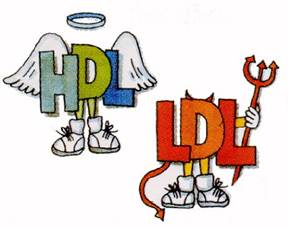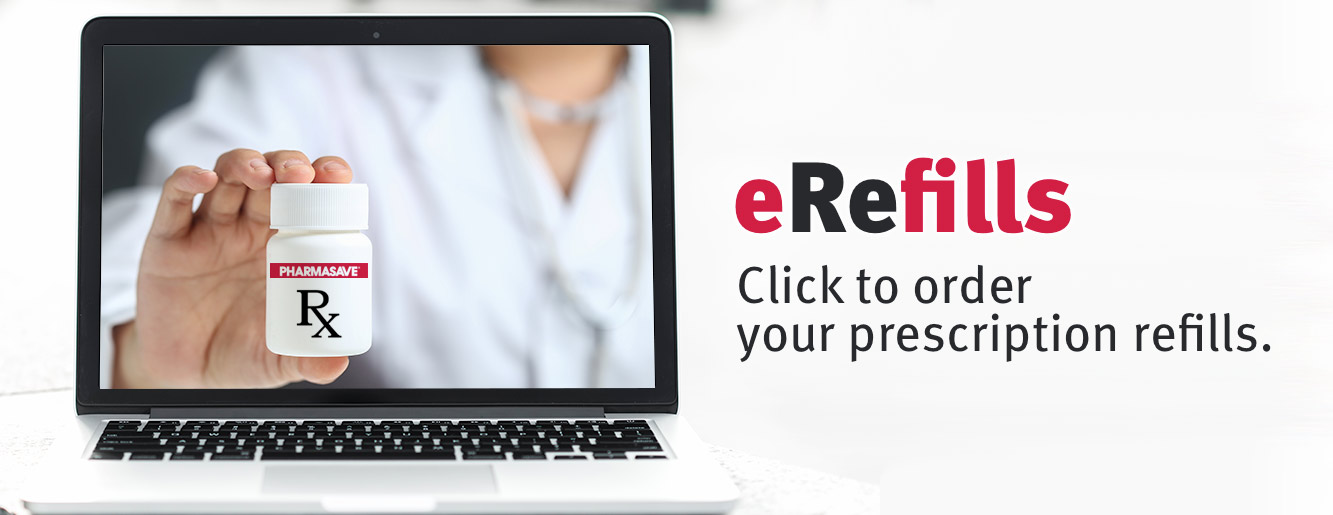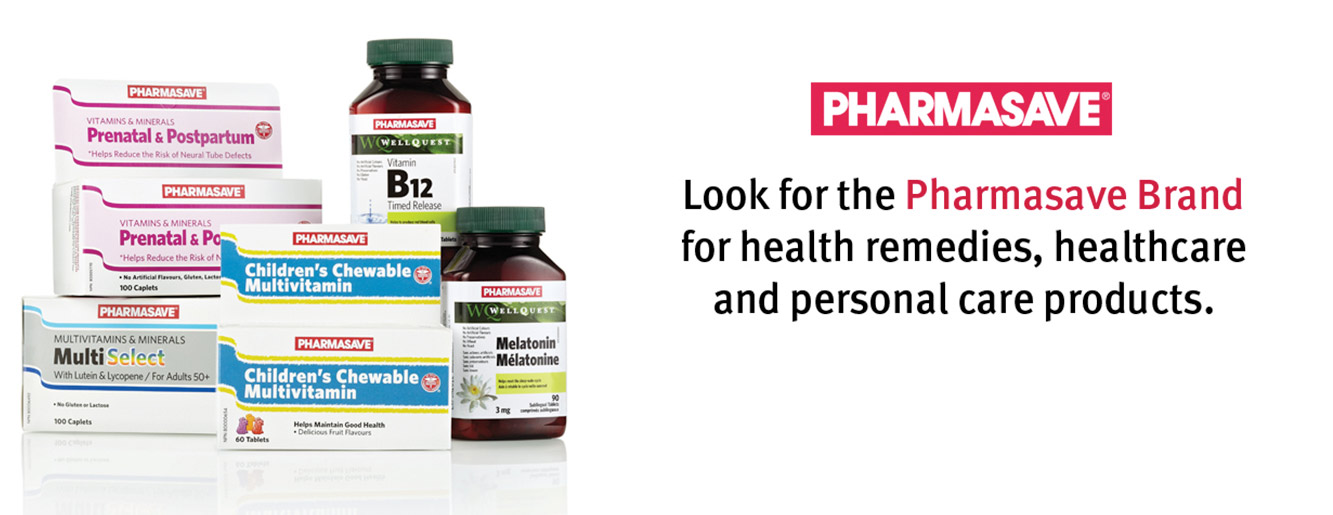
High Cholesterol
Cholesterol is a fatty substance your body needs to rebuild its cells and to make certain hormones. It’s carried throughout your body in your bloodstream. Your body only requires a small amount of cholesterol.
When there’s too much cholesterol in your bloodstream, you have high cholesterol. This is quite a common condition. Cholesterol levels generally rise with age. High cholesterol can increase your risk of heart disease, stroke, and peripheral vascular disease.
Most of your body’s cholesterol (about 80%) is made in your liver. The rest comes from your diet. Dietary cholesterol is found in foods from animal sources, such as eggs, meats, and dairy products. There are two important types of cholesterol you should know about:
- low-density lipoprotein (LDL), or “bad” cholesterol
- high-density lipoprotein (HDL), or “good” cholesterol
Most of the LDL, or “bad,” cholesterol circulates in the blood and remains unused. Normally, the liver removes this “extra” cholesterol, but many people have more LDL cholesterol than the liver can handle. LDL cholesterol promotes buildup of harmful plaque (fatty deposits) in the walls of the arteries.
HDL gets its “good” name by picking up LDL cholesterol from the arteries and tissues and carrying it back to the liver, where it can be broken down.
Causes
Many factors determine whether your LDL cholesterol is high or low, including:
- age (cholesterol levels increase with age)
- alcohol consumption
- diet
- gender (men have higher cholesterol)
- heredity
- level of physical activity
- weight
Another cause of high cholesterol is eating foods that are high in saturated fats and cholesterol. Other factors that can increase your cholesterol levels include an inactive lifestyle and being overweight. In some cases, high cholesterol is an inherited genetic condition, called familial hypercholesterolemia. This condition puts you at an increased chance of developing heart disease at an early age.
Some medical conditions, such as diabetes, hypothyroidism, liver disease, and kidney disease can raise cholesterol levels.
Symptoms and Complications
LDL cholesterol in the bloodstream can settle as fatty deposits on the inside of your blood vessels. These build up over time to become scars, called plaques. LDL cholesterol also stimulates extra cell growth in the lining of the arteries, reducing their diameter. Plaque can damage and clog the arteries, including the coronary arteries feeding the heart. This process is called atherosclerosis (hardening of the arteries) and can result in angina (chest pain), heart attack, or stroke. High levels of LDL cholesterol cause more plaque buildup and increase the risk of a heart attack.
High cholesterol usually has no obvious symptoms. Like high blood pressure, it’s a “silent” condition that offers no early warning. Most people first discover the problem during a routine blood test and physical exam. They often find they have high blood pressure as well. There is an association between the two.
You can get symptoms from the complications of high cholesterol. These include angina and pain in the calves caused by narrowed arteries to the legs. The main complications of high cholesterol are heart disease and stroke.
Making the Diagnosis
If there’s a likelihood that you have high cholesterol, your doctor will order a simple blood test to check your cholesterol level. These tests usually measure your total cholesterol level as well as your levels of LDL and HDL cholesterol. You may need to fast before your blood test (no food or drink except water for 12 hours before the test).
As part of this screening process, your doctor may give you a physical exam and ask you about your diet and medical conditions in your personal and family history. Your doctor will also check for other risk factors you may have for heart disease.
Risk factors for heart disease include:
- age
- diabetes
- family history of heart disease
- high blood pressure
- high LDL cholesterol
- low HDL cholesterol
- obesity
- physical inactivity
- smoking
Treatment and Prevention
Lowering cholesterol levels with treatment reduces the risk of developing coronary artery disease, heart attack, stroke, and other disorders.
A healthy lifestyle is the best defense against high cholesterol. This also helps against other risk factors linked to coronary artery disease. The following lifestyle changes are good first steps in treating high cholesterol:
- follow a diet low in saturated fats and cholesterol
- eat a wide variety of vegetables, whole grains, fruits, nuts, and seeds
- boost your level of physical activity
- maintain a healthy body weight
- limit your alcohol consumption to:
- no more than 2 drinks per day (or no more than 3 drinks on special occasions) to a maximum of 10 drinks per week for women
- no more than 3 drinks per day (or no more than 4 drinks on special occasions) to a maximum of 15 drinks per week for men
If you quit smoking and keep your blood pressure down, it will help lower your risk of developing angina, heart attack, and stroke.
For people who are at a very high risk for coronary artery disease, drug therapy is started immediately along with lifestyle changes. For those at moderate or low risk for coronary artery disease, lifestyle changes are started, and medication therapy may be used if cholesterol target levels are not reached.
Medications used to treat high cholesterol include the “statins” (e.g., atorvastatin*, lovastatin, simvastatin), resins (e.g., cholestyramine, colestipol), fibrates (e.g., fenofibrate, gemfibrozil), cholesterol absorption inhibitors (e.g., ezetimibe), and niacin. Medications have been shown to lower the chance of further clogging of the arteries and treat cholesterol problems by lowering levels of LDL (bad) cholesterol or raising the levels of HDL (good) cholesterol.
Some people think that it’s too late to change your habits if you’ve already had a heart attack, but this is not true. It’s vital to reduce your cholesterol to help prevent a second heart attack. Some patients with heart disease are now treated with a “statin” even if their cholesterol is normal. Your body is constantly producing cholesterol, so you must take your medication and follow lifestyle changes as recommended by your doctor to prevent levels from rising.
*All medications have both common (generic) and brand names. The brand name is what a specific manufacturer calls the product (e.g., Tylenol®). The common name is the medical name for the medication (e.g., acetaminophen). A medication may have many brand names, but only one common name. This article lists medications by their common names. For more information on brand names, speak with your doctor or pharmacist.
All material © 1996-2013 MediResource Inc. Terms and conditions of use. The contents herein are for informational purposes only. Always seek the advice of your physician or other qualified health provider with any questions you may have regarding a medical condition.

